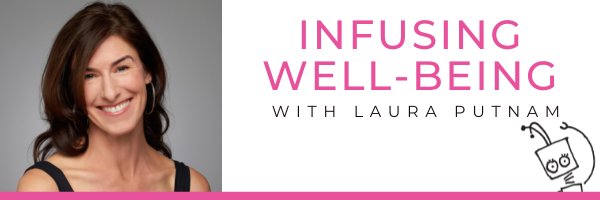|
In her classic hit, Tina Turner asked: “What’s Love Got to Do with It?” Similarly, you might hear your leaders asking: “What’s Health & Well-Being Got to Do with Safety?” Everything. In case, we forgot, it’s called the “Health and Safety Act” not the “Health or Safety Act.” Or, as my friend and respected colleague Wes Alles, director of the Health Improvement Program at Stanford University noted: “Whether we are talking about safety versus disease, it is the same lifestyle, the same risk factors at work.” Seems like a no-brainer to link the two together, and yet, the two are separated more often than not. Instead, “safety” is usually tantamount to a whole lot of heavy-handed “No Go!” rules. (As in, “No” don’t do that, and if you do, you’ll “Go” home!) Thanks to a Total Worker Health™ effort spearheaded by NIOSH, that’s changing. The key takeaway is this: If your company wants to improve its safety record, then they’d be wise to incorporate health and well-being into every safety effort. The truth of the matter is that if you think about it, it’s insane to NOT include health and well-being as a core element to safety training. How can a truck driver possibly be safe when she hasn’t gotten a decent sleep the night before? Or, how can a construction worker be attentive to safety hazards on site if he’s distracted by financial concerns at home? Or, how can a physician practice patient safety when she is burned out? Good news is that there are great resources to help you to better integrate safety and health, like Safety+Health, a new publication issued by the National Safety Council Congress & Expo. You can also take note from companies like Dow Chemical, Pacific Gas & Electric and Lincoln Industries that have achieved below industry work-related injuries as a result of their efforts to combine safety and health. J. Brian Sexton, Director of Patient Safety Center at Duke University Healthy System has been advocating a regular practice of “Name 3 Good Things” with healthcare workers, helping them to “find their resilience” to curb burnout rates. Much like the Truman Doctrine and the Marshall Plan were noted by Harry Truman as “two sides of the same coin” following World War II, the same is true with health and safety. We all know that safety matters, as does health. Don’t undermine safety or sacrifice health by failing to integrate the two. Wellness privilege, does that exist? Think about the world you live in, your financial means, the organization where you work, the team that you're surrounded by, or the manager that's leading the way. DOWNLOAD THE WELLNESS PRIVILEGE CHECKLIST HERE.
0 Comments
Leave a Reply. |
Follow laura on social:Website by Brand Genie
|
join laura's monthly newsletter
|




